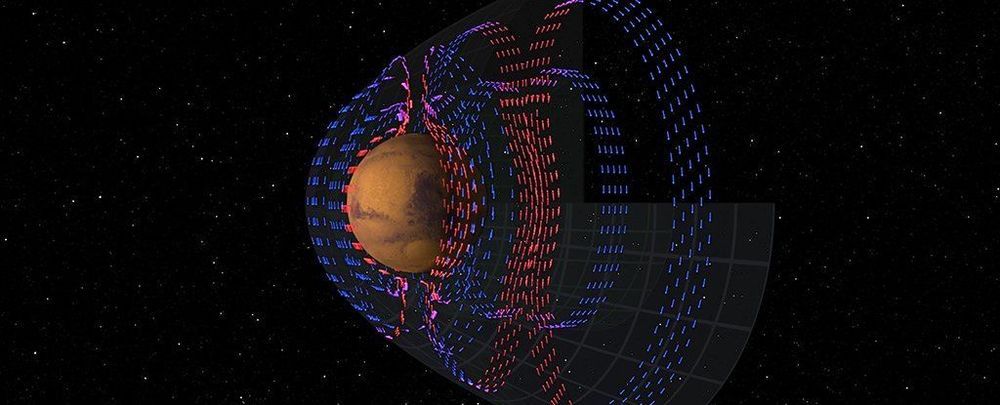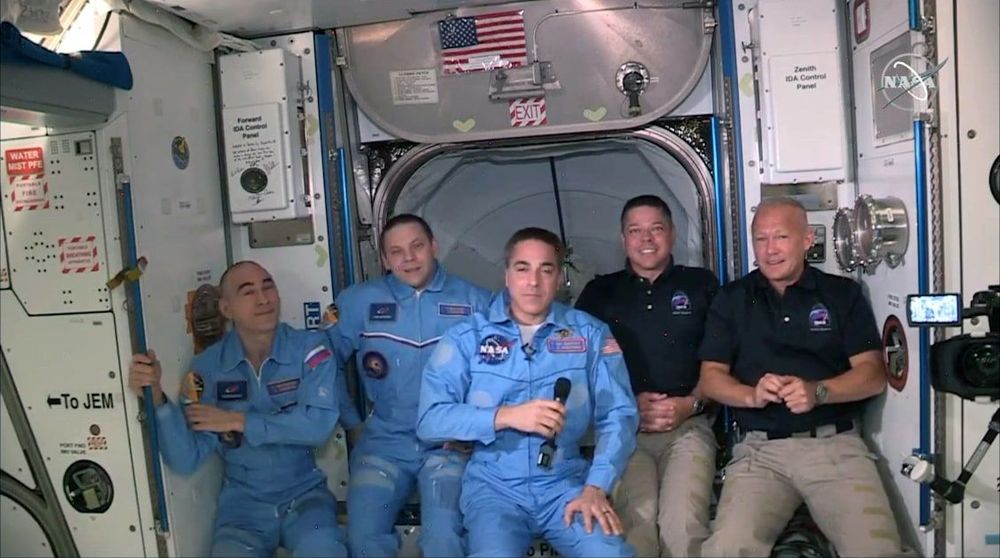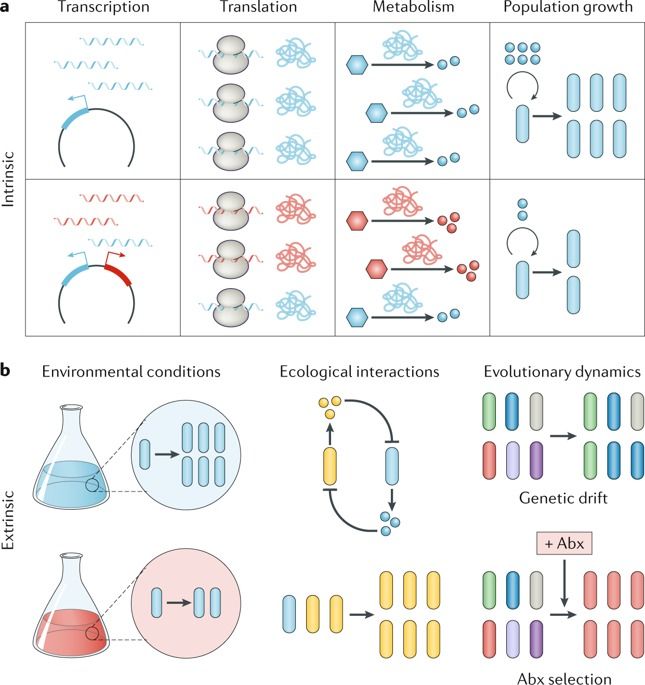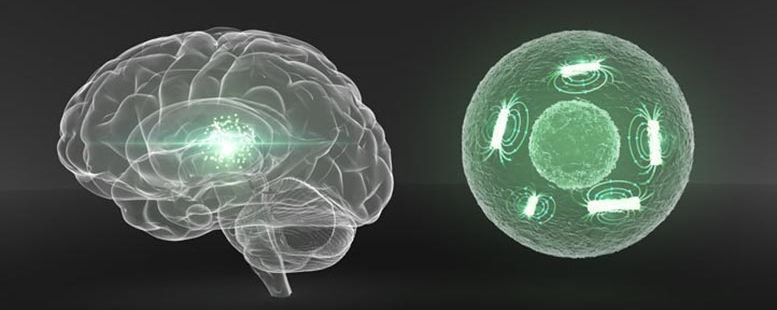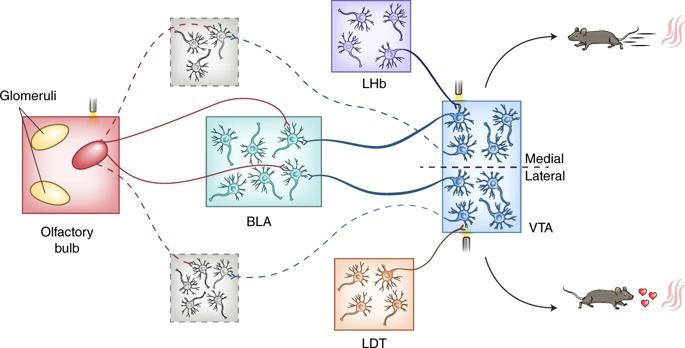Unlike Earth, Mars doesn’t have a global magnetic field to protect it from the rigours of space weather – but it does have spots of local, induced magnetism.
Now, researchers have been able to create an incredible, detailed map of the electric currents that are responsible for shaping these magnetic fields.
It gives scientists a much greater understanding of how Mars might have lost much of its atmosphere over the course of billions of years, as well as how interactions between the solar winds and Mars’ magnetosphere are playing out today.
